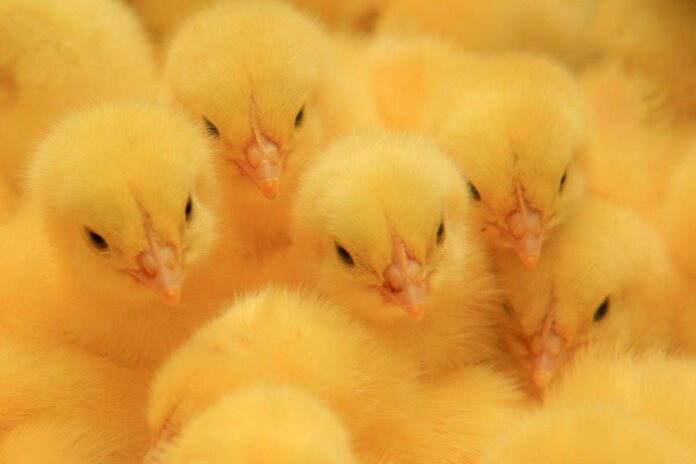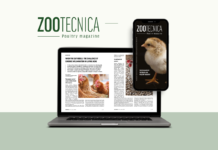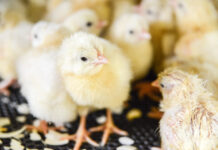
Being grounded during the Covid-19 pandemic, I’m unable to travel as I usually would to visit hatcheries. I stay in touch with customers via e-mail and phone, advising them on incubation issues. Fortunately, it’s possible to log in to their hatchery management software, so I can analyse data such as climate graphs. But it’s just not the same as a live visit – you can’t see, smell or feel the real situation.
I recently got a call from one of our sales guys in Asia about a hatchery where they had added a few machines to their very old local multistage operated ones. The hatchery manager had told him he was getting disappointing hatch results. We set up a video call during the next hatch so that I could see what was going on. And thus I found myself sitting behind my laptop in my home-office, ‘joining’ my colleague and the hatchery manager in front of the hatcher halfway across the world.
I asked them to remove the chicks from 6 randomly selected baskets and to do a break-out of unhatched eggs. Pretty soon it became clear, to the surprise of the hatchery manager, that the majority of unhatched eggs still contained fully developed living embryos, most of which had not yet started pipping. This is a typical sign of too-slow embryo development due to cold spots, most likely already during the setter period.
It emerged that since acquiring the new machinery, the setters had only been half-loaded because of depressed market demand due to the pandemic. Loading had been done correctly, with full trolleys placed in front of the fan. However, looking at the incubation program I realised that the hatchery manager had been using our standard program for the setter, but had not activated the automatic ventilation option, which would have controlled both RH and CO2 through the dampers on the setter itself.
Instead, the dampers had been opened gradually, based on programmed set points, as they would be on a setter without an automatic option. The problem with these set points is that they are based on a fully loaded setter, and they progress from 50% on day 12 to 100% by day 16 to prevent too high CO2 levels. This is far too much ventilation for a setter loaded only at half capacity. Fewer eggs mean less life and thus less CO2 is produced. This over-ventilation caused the RH in the setter to drop to a level where the humidifiers were active almost constantly. As a result, a cold spot developed, leading to retarded embryo development. In addition, temperature set points may well have been too low for the half-loaded setters during the last days. Measuring eggshell temperature can help to optimise the temperature set points.
To make matters worse, after transfer to the hatcher, the eggs were subject to humidification because the RH set point was too high. Again, this led to cold spots.
The advice was relatively simple and straightforward: avoid over-ventilating the setter by activating the automatic ventilation option. This way, if there are fewer eggs in the setter, and CO2 production is lower, the dampers will automatically adjust. And reduce the RH set point in the hatcher so that the humidifiers do not activate immediately after transfer.
A few weeks later I heard from our sales guy that the ‘live in shell’ problem had disappeared completely and the hatch results are better than ever.
















